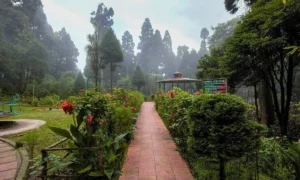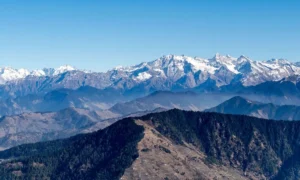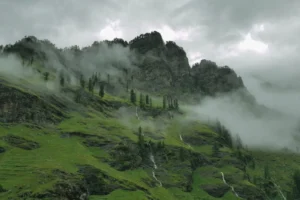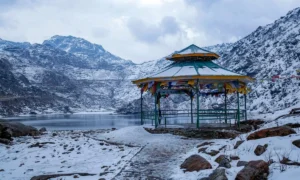Nathula Pass, a breathtaking high-altitude mountain pass, is a popular destination for tourists in Sikkim. Many visitors, however, have questions and concerns about the trip, such as how to get the required permits, what to pack, and what to expect from the high altitude. This guide provides comprehensive, actionable information to help you plan your trip. A Nathula Pass tour guide is your best bet to navigating the trip successfully and without stress.
A trip to Nathula Pass is an incredible adventure. As you journey to this stunning location, you will gain a deeper appreciation for the beauty of the Himalayas and the unique culture of the region. This article aims to answer all your questions and provide you with a valuable resource to ensure your tour is a safe and memorable experience. You will discover tips on acclimatization, what to see at the pass, and how to make your journey comfortable.
Your Complete Nathula Pass Tour Guide: Essential Tips and Information
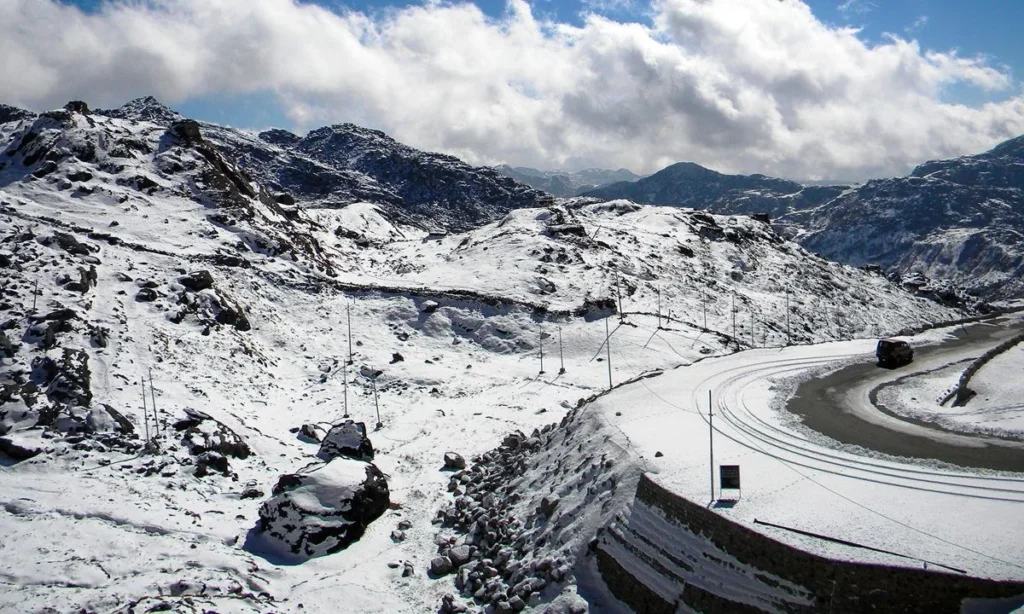
Getting the Permit: Your First Step Nathula Pass Sikkim
To visit Nathula Pass, you must obtain a Protected Area Permit (PAP). This permit is a mandatory requirement because the pass is a restricted area near the international border between India and China. Securing the permit is a straightforward process, but it requires careful planning.
- Application Process: The permit can be applied for through a registered tour operator in Gangtok. It is not possible to apply for the permit on your own. You will need to submit a government-issued photo ID (like a passport, Aadhar card, or voter ID) and two passport-sized photographs.
- Timing: It is essential to apply for the permit at least one to two days before your planned visit. The permits are issued by the Sikkim Tourism Department and the Indian Army. The number of permits is limited each day, so booking early is highly recommended, especially during the peak tourist season.
- Cost: The cost of the permit is typically included in your tour package, but you should confirm this with your tour operator. There is a nominal fee for the permit itself.
What to Expect on Your Journey to Nathula Pass, Sikkim
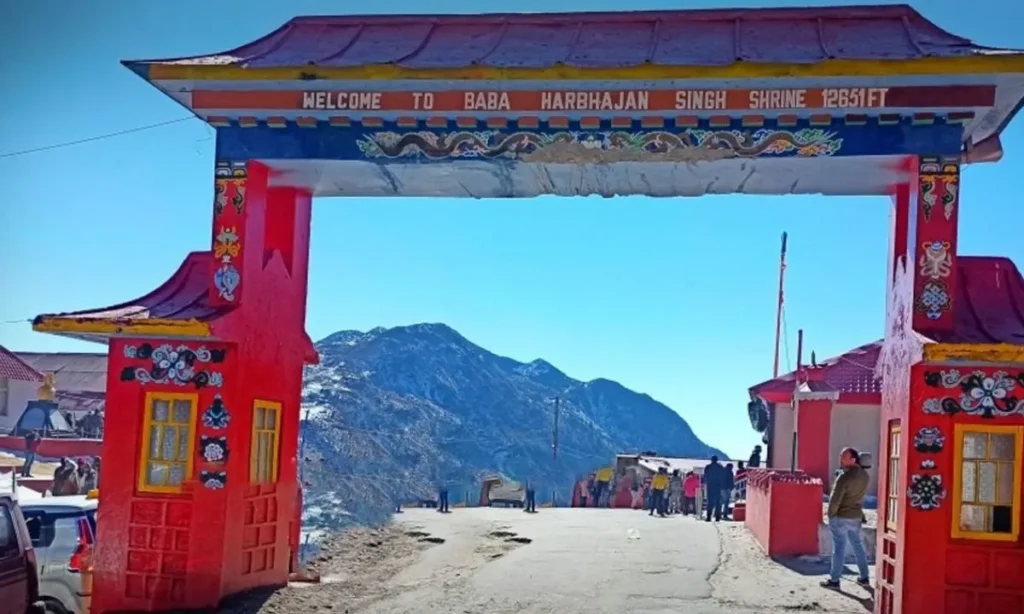
The drive from Gangtok to Nathula Pass is an experience in itself. The road winds through stunning landscapes, with breathtaking views of snow-capped mountains and pristine valleys. The journey is approximately 56 kilometers long and takes about 3 to 4 hours.
- Road Conditions: The roads can be challenging, especially during the monsoon and winter seasons. It is common for the roads to be covered in snow or ice during winter, which can slow down travel.
- Altitude Sickness: The altitude at Nathula Pass is over 14,000 feet (4,310 meters). Many visitors experience symptoms of altitude sickness, such as headaches, nausea, or shortness of breath. It is important to acclimatize properly by spending a day or two in Gangtok (6,000 feet) before heading to the pass.
- What to See: At the pass, you can see the Indo-China Border Gate , the Baba Harbhajan Singh Mandir, and the Tsomgo Lake (also known as Changu Lake), which you will visit on the way. The views of the surrounding Himalayan peaks are simply magnificent.
Packing Essentials for the Trip Nathula Pass Sikkim
The weather at Nathula Pass can be very cold, even in the summer. Packing the right clothes and essentials is crucial for a comfortable and safe visit.
- Warm Clothing: Pack multiple layers of warm clothing, including a heavy jacket, thermal wear, gloves, a cap, and warm socks.
- Footwear: Wear comfortable, waterproof boots with good grip, as the terrain can be slippery.
- Medication: Carry a basic first-aid kit and any personal medications. It is also wise to carry medication for altitude sickness, after consulting with a doctor.
- Other Essentials: Sunglasses to protect your eyes from the bright sunlight reflecting off the snow, sunscreen, lip balm, and a water bottle are all essential items.
Best Time to Visit and Other Tips Nathula Pass Sikkim
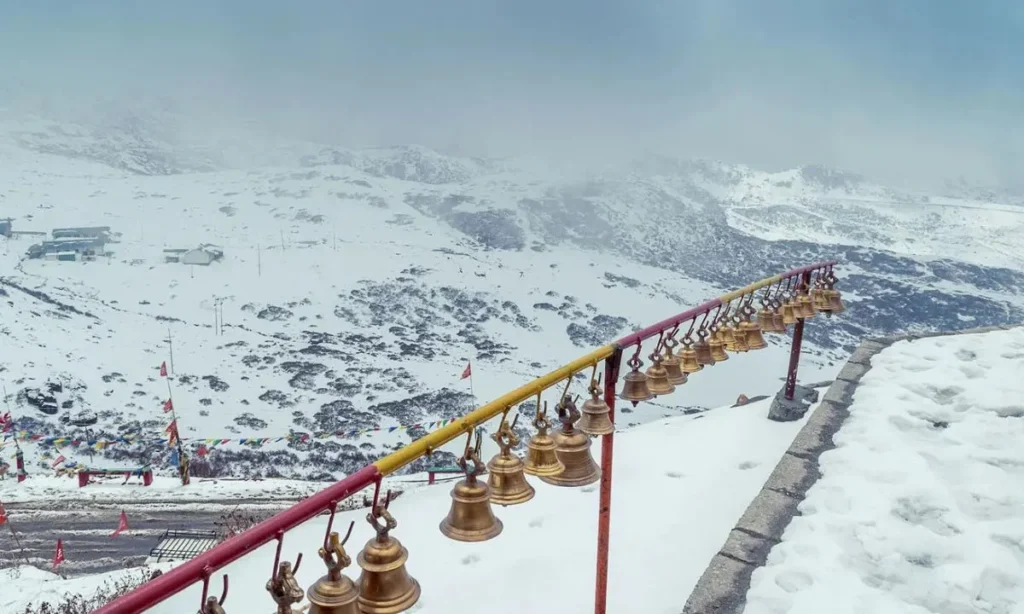
The best time to visit Nathula Pass is during the summer months (April to June) and the autumn months (September to November). During these times, the weather is pleasant and the skies are clear, offering the best views.
- Closed Days: Nathula Pass is closed to tourists on Mondays and Tuesdays. It is important to plan your trip accordingly.
- Photography: While you can take pictures of the scenic beauty, photography near the border gate and of the military personnel is strictly prohibited. Please respect the rules.
- Food and Water: There are limited food stalls at the pass, so it is a good idea to carry your own snacks and water. It is important to stay hydrated to combat altitude sickness.
FAQs about Visiting Nathula Pass
1. Is Nathula Pass open throughout the year?
Nathula Pass is open from Wednesday to Sunday. It is closed on Mondays and Tuesdays. However, due to heavy snowfall or landslides, it can be closed at any time. It is always wise to check the road and weather conditions with your tour operator before you begin your journey.
2. Can a Nathula Pass tour be done in one day?
Yes, a tour to Nathula Pass is typically a one-day trip from Gangtok. The journey starts early in the morning and you are expected to return by late afternoon.
3. What is the minimum age to visit Nathula Pass?
There is no strict age limit, but due to the high altitude, it is not recommended for young children (under 5 years) and elderly people, especially those with heart or respiratory issues.
4. Can I travel to Nathula Pass without a tour operator?
No, it is mandatory to book a tour with a registered tour operator who will arrange the necessary permits and transportation. Private vehicles are not permitted to travel to the pass.
Conclusion
A journey to Nathula Pass is a truly unforgettable experience, offering a blend of natural beauty, adventure, and patriotic pride. By following the tips in this Nathula Pass tour guide, you can ensure your trip is not only safe but also incredibly rewarding. From securing your permits to packing the right gear and understanding the altitude challenges, being prepared is key. We hope this guide helps you plan your perfect trip to one of the most stunning locations in the Himalayas.
If you have any questions or have your own tips to share, please leave a comment below!
